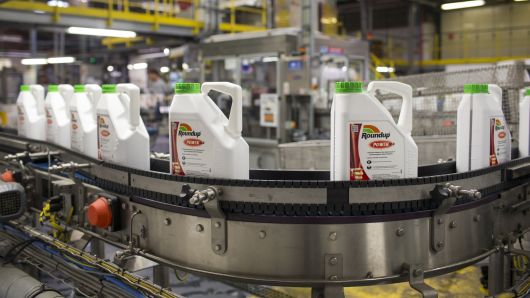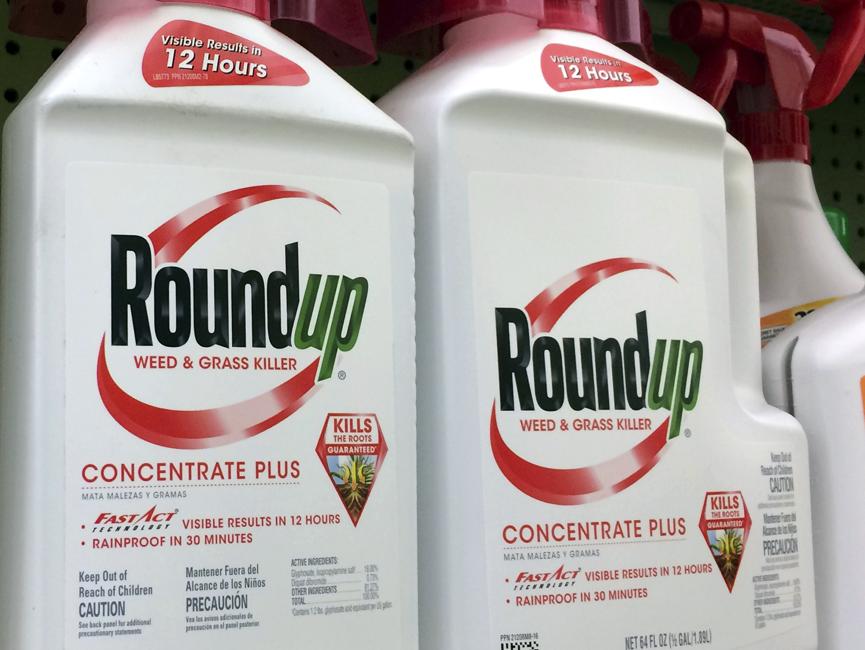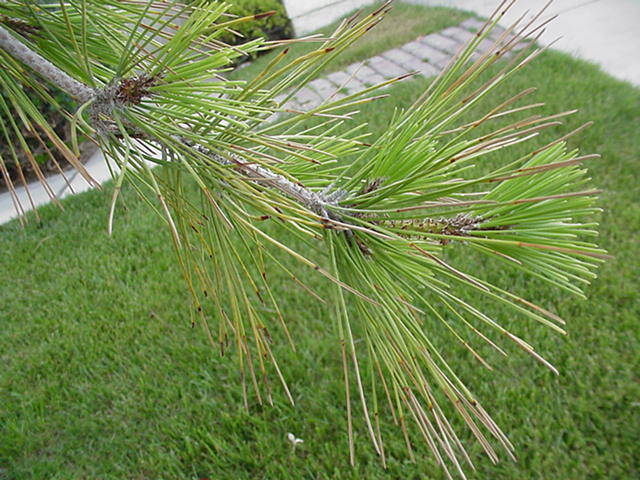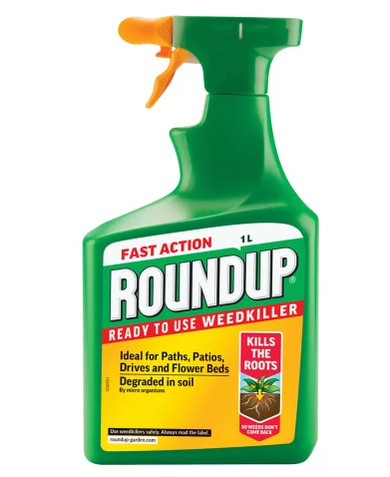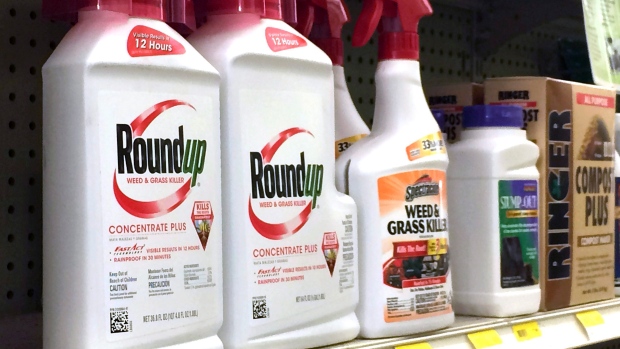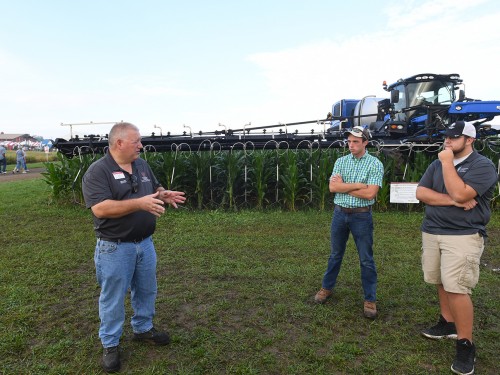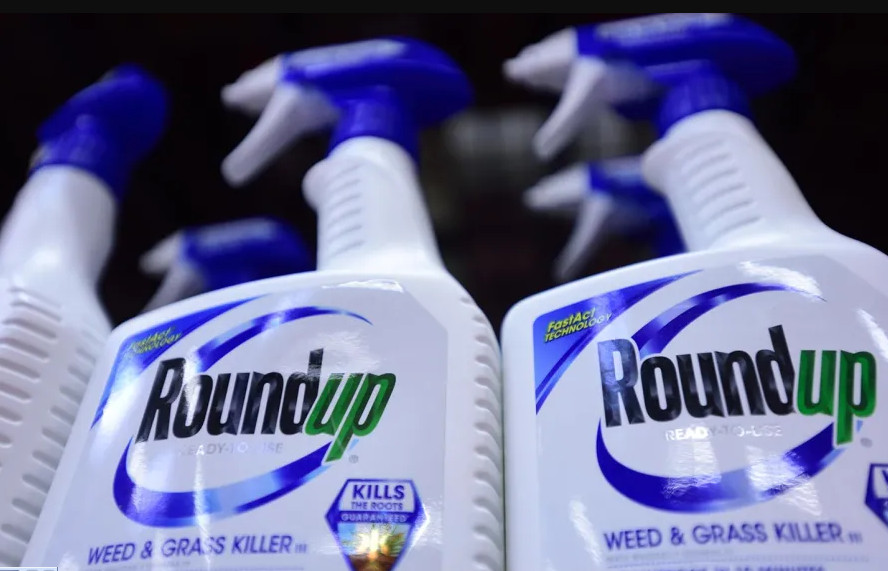Q: In a recent column, the U of M Master Gardeners in St. Louis County expounded on the values and drawbacks of weed-and-feed lawn treatments. Nowhere was it mentioned that the products applied to lawns, especially herbicides, would eventually wash down into Lake Superior. Nor was it mentioned that herbicidal compounds might be dangerous to birds, bees, butterflies or even the family dog. I don’t understand how such considerations can be missing from any discussion of lawn care.
A: We agree that potential environmental effects should be part of the discussion when it comes to garden chemicals.
Master gardeners are taught to encourage people to use other methods, such as removing insect pests and weeds by hand, before reaching for a spray bottle, and to tolerate some weeds and insect-chewed leaves. When people do decide to use a chemical, part of our mission is to help them choose the right one and apply it when it will be most effective and when it will do the least harm.
Too often, people grab a spray because they have it on hand, but it won’t kill the pest they have. Applying even the right chemical at the wrong time or in wrong amounts is useless at best and can actually kill plants. Using the wrong thing at the wrong time also increases the chance of killing beneficial insects, which might otherwise eat the pests or pollinate the plants. It’s important to follow the label exactly, and avoid spraying on windy days. Some chemicals do less damage to bees if they are used in the evening, when bees have stopped foraging.
Similarly, lawn fertilizer is much less likely to damage the environment if it is applied correctly. If applied incorrectly (too much or before a strong rain) granular fertilizer can wash away. But, if done properly, the fertilizer will move only into the top of the soil. Proper fertilizing can help maintain a healthy lawn that can actually help the environment by cooling the air, releasing oxygen and preventing erosion and runoff. Maintaining a healthy lawn also helps prevent weeds, reducing people’s desire to use weed killers.
One reason we argued against using weed-and-feed products in that column is that it’s often ineffective to apply fertilizer and weed killer at the same time — and the weed killer in a weed-and-feed formula may not kill the plants you really want to target. This isn’t just a waste of money. It also means putting chemicals out into the world that aren’t even doing what you want them to do.
The process we recommend when people have a weed or other pest they want to get rid of is: Identify the pest; evaluate how much damage it’s doing and assess how much you can tolerate; try preventing the problem by using more resistant plants, barriers, or other methods; and use a variety of methods to get rid of pests or disrupt their life cycles. Chemicals are used as a last resort, are carefully chosen to target the specific pest, and are carefully applied to minimize environmental harms as much as possible. This is called integrated pest management, and you can read more about it at mnipm.umn.edu/.
Credit: http://duluthnewstribune.com



